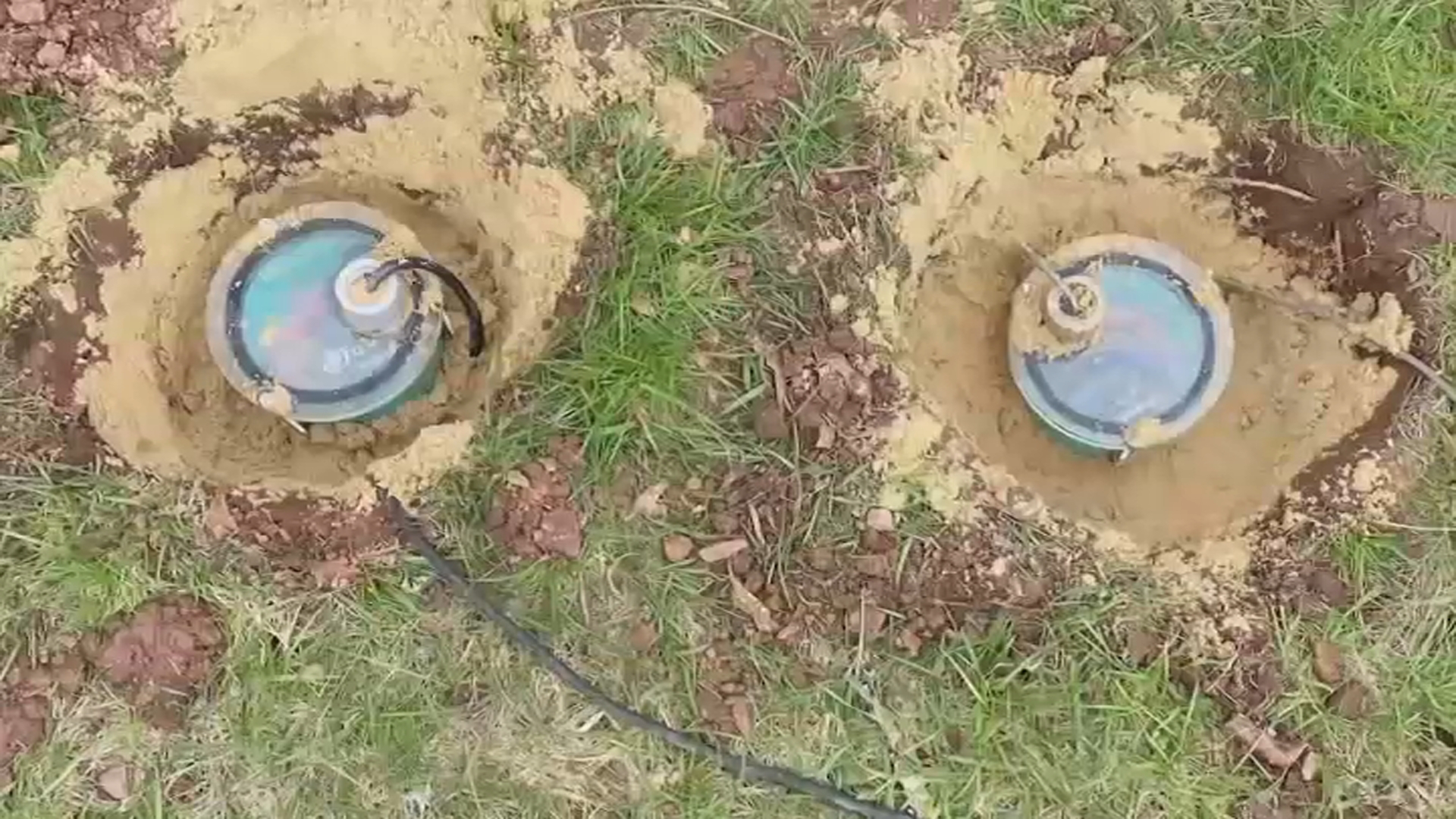At the New Jersey State Prison inmate check-in starts with a seat on the B.O.S.S. chair.
The "Bodily Orifice Security Scanner" detects any contraband prisoners may be hiding, anywhere inside themselves.
And in the past corrections officers were looking for drugs and weapons but now they focus more and more on cell phones.
"If inmates have cell phones behind bars it's not for anything good,” says New Jersey Sate Prison Administrator Michelle Ricci. “It's generally to conduct a criminal enterprise from behind bars."
Thirty-five inmates were recently indicted for cell phone use behind bars in Jersey, and officials say most of them are gang members. Across the country mobile phones are finding a way into prisoner's hands. Nearly 400 cell phones were confiscated from prisoners in New Jersey last year.
So what are the phones being used for?
"Number one: facilitate the commission of crimes on the outside, number two: help plan escapes,” says New Jersey Attorney General Anne Milgram. “[And, three:] to basically have folks on the outside retaliate against witnesses and people who are going to testify at trial against some of the inmates in jail.”
Local
Cell phones get into prisons a variety of ways. Sometimes inmate’s associates will throw cell phones over prison walls and into recreational areas. Other times inmate’s relatives will smuggle the phones into the prison during visits. Prisoners are also not afraid to use their own bodies to bring in cell phones.
The prisoner who holds the record for most items smuggled in a single body at the New Jersey State Prison had three cell phones and one blackberry inside of his anal cavity.
“Cell phones are being made smaller and mostly of plastic. With the size technology being made smaller and smaller it’s very easy to get that contraband inside of a facility like a prison,” says Ricci.
And to further combat the problem the NJ Department of Corrections developed a new program to sniff out cell phones once they get inside of prisons, and prisoners: Dogs.
The department’s K9 unit, part of the Special Operations Group, started training dogs to detect hidden cell phones. It takes ten to fourteen weeks to properly train the dogs to find the tiny devices.
“We found Blackberries, we found chargers, we found Bluetooths, we found SIM cards," says Sgt. William Crampton who started the program. New Jersey is one of the only states where the dogs are both trained and used by corrections officers. "The [phone] odor is a little bit different from bomb training and narcotics training. [It] carries differently than those odors so we had to train the dogs how to get in there closer and a little tighter.”
New Jersey State Prison Corrections Officer Juan Castano and his partner, a black Lab named Bosco, search both prisoners and the cells they live in. During several demonstrations Bosco located hidden cell phones within seconds of entering a cell.
Regardless if the phone was hidden in a wall or in a laundry bag Bosco would sniff it out and start barking and clawing until the phone was in his mouth. The dogs, mostly Labradors, have found the phones where corrections officers cannot: inside shoes, electrical outlets, behind plumbing, even in toilets.
"Once we flushed it a couple of times the cell phones are popping out,” says Castano.



